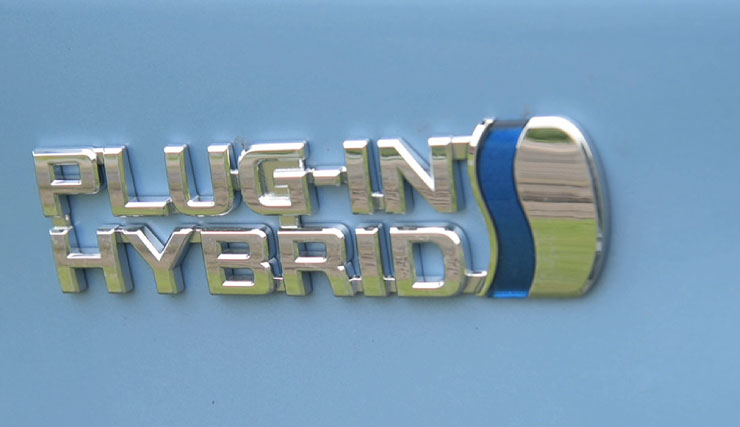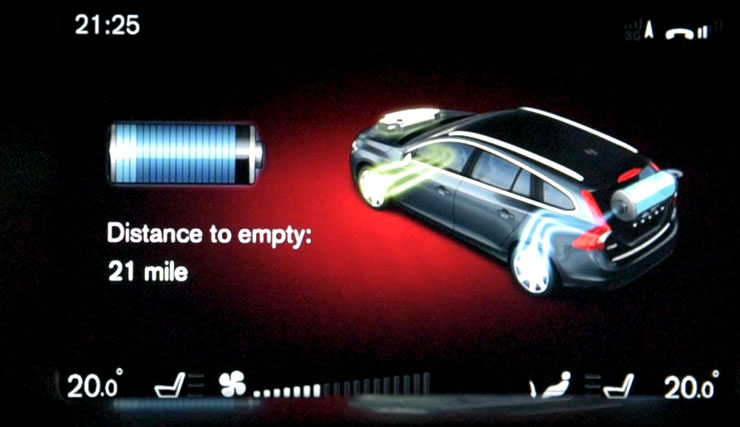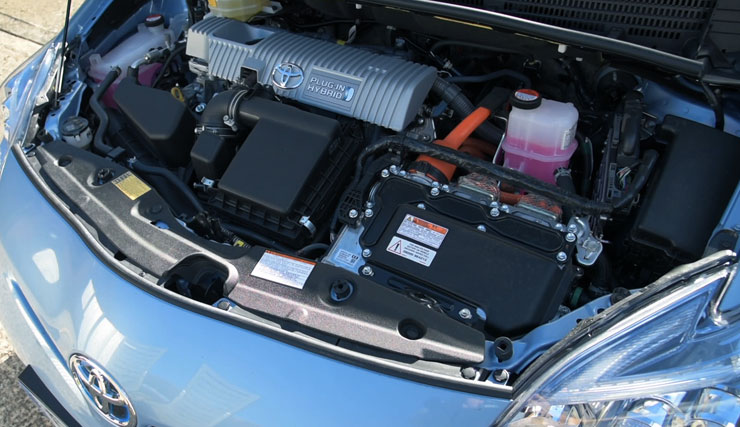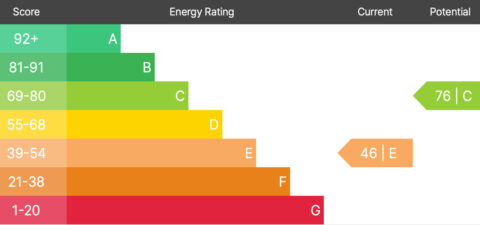A like-for-like comparison between cars with very different purchase prices is never going to be fare – unless you ignore brand image and the level of trim. For this review I’m going to disregard the showroom price tag and look at the driving experience, practicality and frugalness of the petrol Toyota Prius, and Volvo’s diesel V60 plug-in hybrids.

Let’s start with practicality; – something normally synonymous with Volvo and you’d expect the V60 to win hands down. However, lift-up the rear hatch and the reality kicks in of converting an existing model to electric propulsion. The boot floor level has been raised to accommodate the batteries and electric motor that cleverly drive the rear wheels, the front wheels are driven by the diesel engine. This has completely compromised the load lugging potential of the V60. Thankfully, cabin space isn’t compromised at all by the batteries or the additional electric motor and there’s plenty of room for four large adults and a smaller person in the middle.

From the outside you’d expect the Prius not to have much room in the back with its aerodynamically raked rear hatch, yet, surprisingly, there’s a reasonable amount of space to be had. Front passenger room in Prius are on a par with the Volvo, both being equally spacious with plenty of legroom. The seats on the Volvo offer better support than the Prius. Driver’s visibility isn’t as compromised in the Volvo by oversized window pillars which feature in the Prius. They are both pretty good on the ergonomics of the controls, storage cup holders and driving position. The Volvo had the edge in terms of ease of use of information systems, dials and switchgear. A more uniformed design, perhaps a more European influenced approach appealed to me.

Driving experience – are you a keen driver? Or is driving a means of getting from A to B? If you’re the later the Prius could be for you. The Prius is a very easy car to drive, that’s if you ignore all the buttons and dashboard information overload! It seems to encourage a frugal, relaxed driving style, which is what this car is about. Either pounding up and down the motorway, or running in stealth electric mode around town, whichever, you’ll arrive with minimal fuss and expense. My only dislike on the Pruis is the eCVT (electronic continuously variable transmission), which sometimes – on steep inclines – makes the engine race like your cars clutch is slipping. The transition from pure electric to petrol is very good, almost seamless. You can certainly see where many years of Toyotas R&D has paid dividends. Again, the handling is good, although not as sharp as the Volvo.
Electric Car Journey Cost Calculator

Now lets take a look at the Volvo, this is a very different beast to drive! It’s more of a ‘ON or OFF’ car. In pure electric mode it’s as relaxed as you like, quiet limousine qualities spring to mind, akin to its excessive price tag. Put your foot down, or press the sports button and it’s off like a shot! The rather gruff torque of the diesel motor rattles into action combined with the even torque electric motor, to catapult you up the road – Jekyll and Hyde… here we go! The performance is exciting and great fun, it’s just a little crude when compared to petrol hybrids. The transition from diesel to electric isn’t as smooth as the Prius and the noise is more noticeable compared to it’s quiet electric mode. Motorway journeys are more relaxed and comfortable as the diesel engine noise is much less noticeable. The handing and braking are first-rate, it clings on round corners with no body roll. PoleStars racing influence on the suspension set up certainly makes for an entertaining drive! Yet in normal driving it’s very smooth, not harsh at all. The car is packed with the latest safety features; this is, afterall, a Volvo. These include lane deviation, collision, blind spot detection, self-dipping and steering headlights. One potential safety issue I spotted on the V60, which had a sunroof fitted, was that the when the sun shone through the roof it hit the chrome logo badge on the steering wheel, reflecting sunlight directly into my eyes! It happened on enough occasions to be annoying as well as dangerous! Suggest smaller less reflective logos please Volvo, miles cheaper than all the techy safety gizmos.

So, what about saving money and the planet? Well, frugalness or fuel efficiency of cars with any plug-in hybrid is down to your driving patterns and lifestyle. If you do lots of short runs that can be done in pure electric mode they are incredibly cheap to run – just a few pence per mile! On longer trips we found both cars to be pretty economic, with the Prius, surprisingly, having a slight edge over the Volvo. However, the problem with the Prius is that it only has around a 10 miles range in pure electric mode, compared to the 20 miles in the Volvo. This made the Volvo a much better option for our general running around. My advice, if your considering a plug-in hybrid, would be to monitor your journey patterns overtime to see if a plug-in is practical for your lifestyle. You may find that a pure electric car may even suit your driving habits, especially if you’ve a second car for longer journeys. The main advantage with the plug-in hybrids, apart from the generous tax breaks and subsidies – which may end soon – is the flexibility to do longer journeys without the associated anxiety of taking an electric car beyond its battery range.
Plug-in Diesel Hybrids running costs

Diesel or Petrol Hybrid? My preference would be for petrol hybrids as they’re quieter, lighter and have less NOx tailpipe emissions than diesels. Plus I can’t stand the smell of diesel on my hands after filling-up!

































